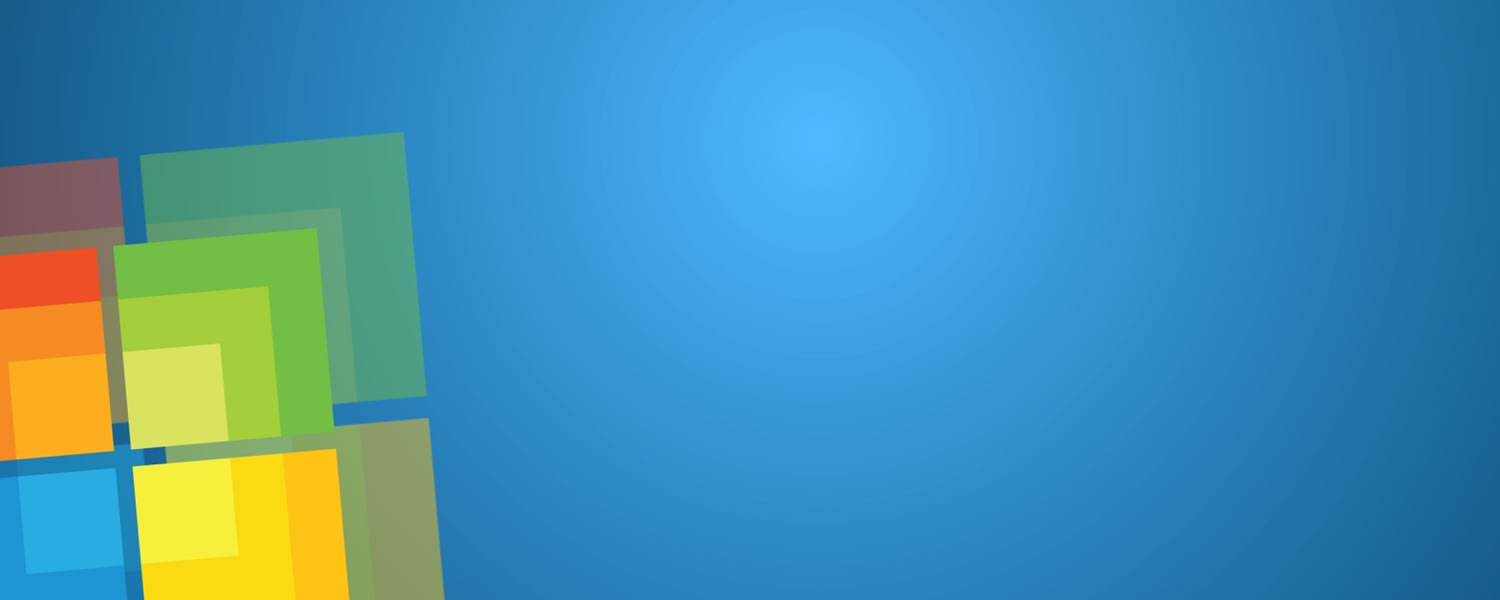Unless you have been living under a rock, there is a good chance you have caught wind of Microsoft's latest operating system. Those eager to see what the new OS is all about had their first chance to take a peek back in February when Microsoft released the Windows 8 Consumer Preview.
More than a million downloads took place within the first day of the preview's release, but users were in for a shock as major changes awaited them. By far the most controversial has been the replacement of the Start menu for the new Start screen, and inherently, Microsoft's decision of doing away with the Start button on desktop mode.
For the first time since Windows 95 the Start button is no longer a centerpiece of the operating system, in fact it's gone for good.
On the final version of Windows 8, clicking the bottom-left corner of the screen – where the Start button would normally be located – launches the Metro interface (or whatever it is they are calling it now). The new tile-based interface is radically different from anything used on a Windows desktop and resembles what we've successfully seen working on the latest iterations of Windows Phone.

However, many users seem to be struggling to get their head around it. Personally, in spite of using Windows 8 for several months, I'm still undecided if I like the new interface or not. It certainly takes some time getting used to and for that reason I'm not jumping to conclusions just yet.
My opinion aside, there are countless users that have already shunned the new interface and many of them made their thoughts heard in our recent editorial "Windows 8: Why the Start Menu's Absence is Irrelevant". Yet, while everyone loves to try and remind Microsoft about how much of a flop some previous operating systems such as ME and Vista were, and that Windows 8 will be no better, we believe the new operating system still has a lot to offer.
Microsoft's PR machine has been hard at work over the past few months, trying to explain the numerous improvements Windows 8 has received on the backend. The good news is that it shows.
Coming from the two previews and now the final release of Windows 8, the OS seems smoother than Windows 7. It has been well documented that Windows 8 starts up and shuts down faster, so that wasn't much of a surprise. Maybe it's the inevitability of bloating an OS installation that is a couple of years old (in the case of Windows 7), but there's this sense of when you move from a hard drive to an SSD, things just appear slightly quicker. This was surprising as I had not expected to notice much of a difference for general usage.
Of course, this is merely an informal observation and we are here to back up those impressions with hard numbers (read: lots of benchmarks in the coming pages).
Back when Vista first arrived I remember comparing how it performed to XP and being extremely disappointed with the results. Vista was generally rough around the edges and that included drivers, so gaming and productivity applications were more often than not slower in the new OS.
For comparing Windows 7 and Windows 8 we will measure and test the performance of various aspects of the operating system including: boot up and shutdown times, file copying, encoding, browsing, gaming and some synthetic benchmarks. Without further ado...
